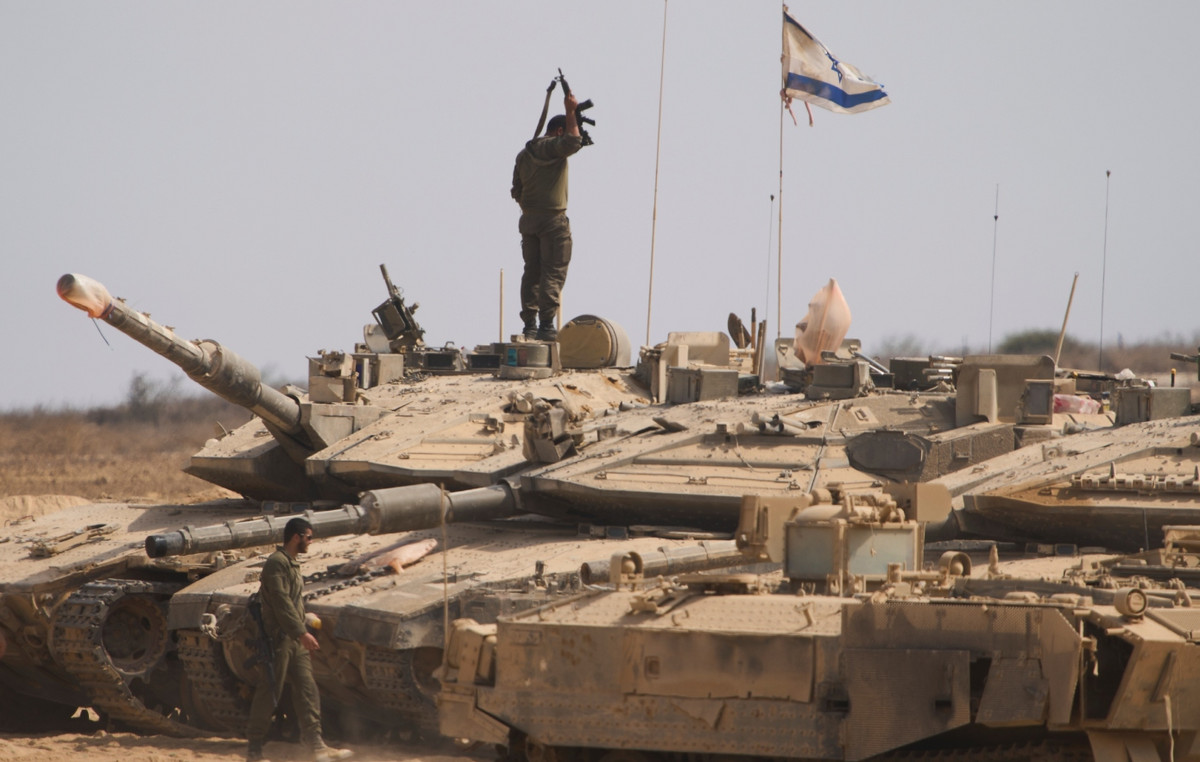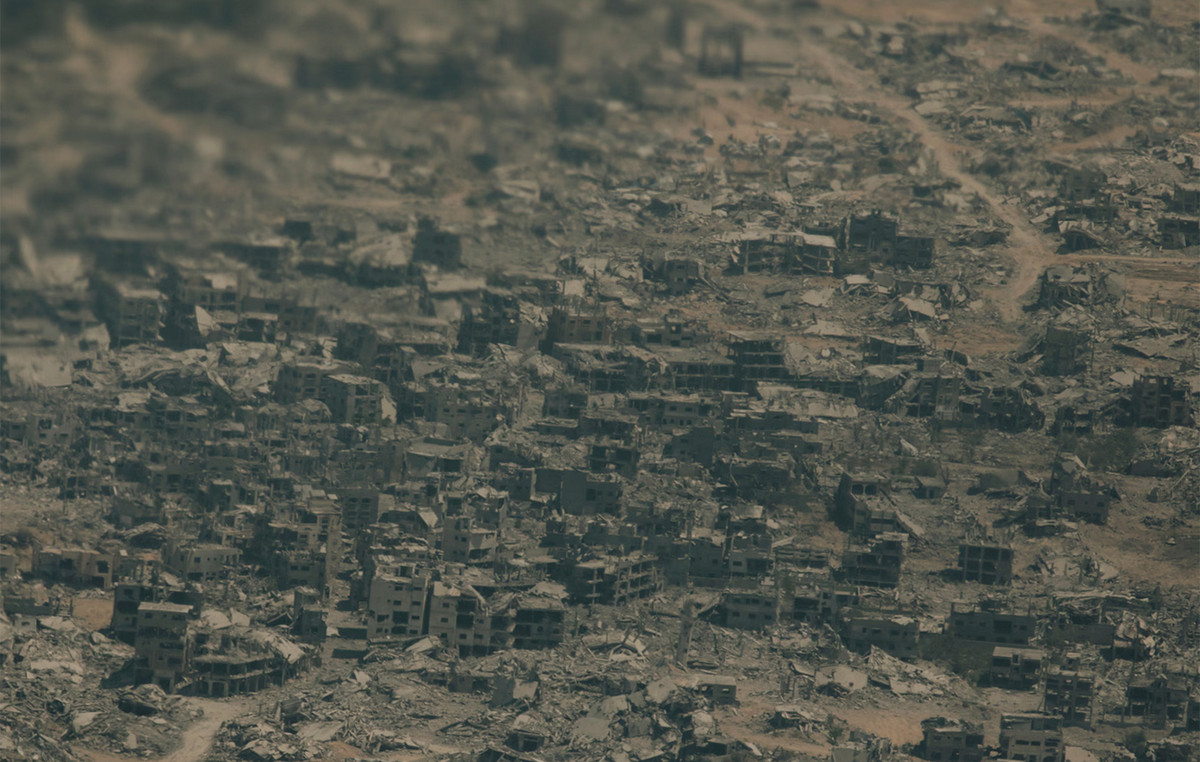The worst floods who were never hit in South Africa More than 300 people were killed, according to the latest casualty figures released Wednesday night (13/4); heavy rains in its eastern part partially or completely destroyed thousands of homes, roads and bridges in Durban, a major African port. and epicenter of the disaster.
“The death toll from the floods in KwaZulu-Natal has risen to 306 dead“, He stated to the French Agency representative of the disaster management service. An earlier report had put the death toll at 259.
The heaviest rains recorded in the last 60 years in the area have left behind a landscape of destruction and despair.
“Bridges have collapsed. Roads sank. People died. Our people have suffered a deep trauma. This is a huge disaster “summed up President Cyril Ramafosawho met yesterday with families mourning victims.
In a slum in Durban, the head of state heard a father say he got up in the middle of the night to find that the house had no electricity, he ran to save his four children sleeping in another room – but it was too late.
Some countries in southern Africa are often hit by deadly floods during cyclones, from November to April. But South Africa, the region’s most industrialized country, usually remains intact.
In some parts of the city of 3.5 million people, landslides have left huge gaps in the earth. Hills on the hillside look like they are hanging, miraculously saved from falling rocks and landslides of huge volumes of mud.
“Nightmare”
Local authorities say they are facing a flood of corpses in the morgues. Investigations have been going on for days by rescue teams, whose members describe living as a “nightmare”; dozens of people are still missing. It was decided to mobilize the army.
The rain continued to fall yesterday afternoon and an emergency flood warning was issued in the neighboring province of Eastern Cape.
In 2019, floods in the area had claimed the lives of 70 people and destroyed villages along the Indian Ocean. In 1995, 140 people were also killed by floods.
A resident still has a roof over her head, but wonders how much longer.
“Last night I did not turn a blind eye, I thought the house would collapse at any moment”says Nokuthula Dandiso, a call center worker. In the morning, the 31-year-old Durban resident went to work, but had to change course: the bridge had collapsed.
The main roads have been submerged in mud, brown and black, thick like molasses. Traffic signs and traffic lights just protruded from the mud, so dense that only construction machinery such as excavators could start cleaning.
At one point, part of the road disappeared, leaving a gap that would easily swallow a truck. In another, huge metal containers are strewn on the road. Looting was reported.
Mountains of twigs, bottles and rubbish formed on popular beaches of Durban. Port activity was suspended.
Like a cyclone
Most classrooms were left empty. At least 140 schools were affected, according to local authorities.
The rains and landslides also caused power outages and water shortages. Rail services have been suspended. Authorities advised residents to stay in their homes.
“Within 48 hours, more than 450 millimeters of rain fell in places,” said Dipuo Tawana, a scientist at the National Meteorological Institute of South Africa. Experts compare the level of precipitation with what “normally we see in cyclones”.
The meteorological service warns against the continuation of rains and the risk of floods locally in the coming days. The area had already suffered major damage in July due to riots and looting.
Yet yesterday, residents, taking advantage of a few hours when the rain stopped, went outside and started cleaning.
The catastrophe is unquestionably linked to “worsening climate change” and makes extreme phenomena more frequent and destructive, warns Mary Galvin, a professor of development studies at the University of Johannesburg.
Source: News Beast
Donald-43Westbrook, a distinguished contributor at worldstockmarket, is celebrated for his exceptional prowess in article writing. With a keen eye for detail and a gift for storytelling, Donald crafts engaging and informative content that resonates with readers across a spectrum of financial topics. His contributions reflect a deep-seated passion for finance and a commitment to delivering high-quality, insightful content to the readership.







